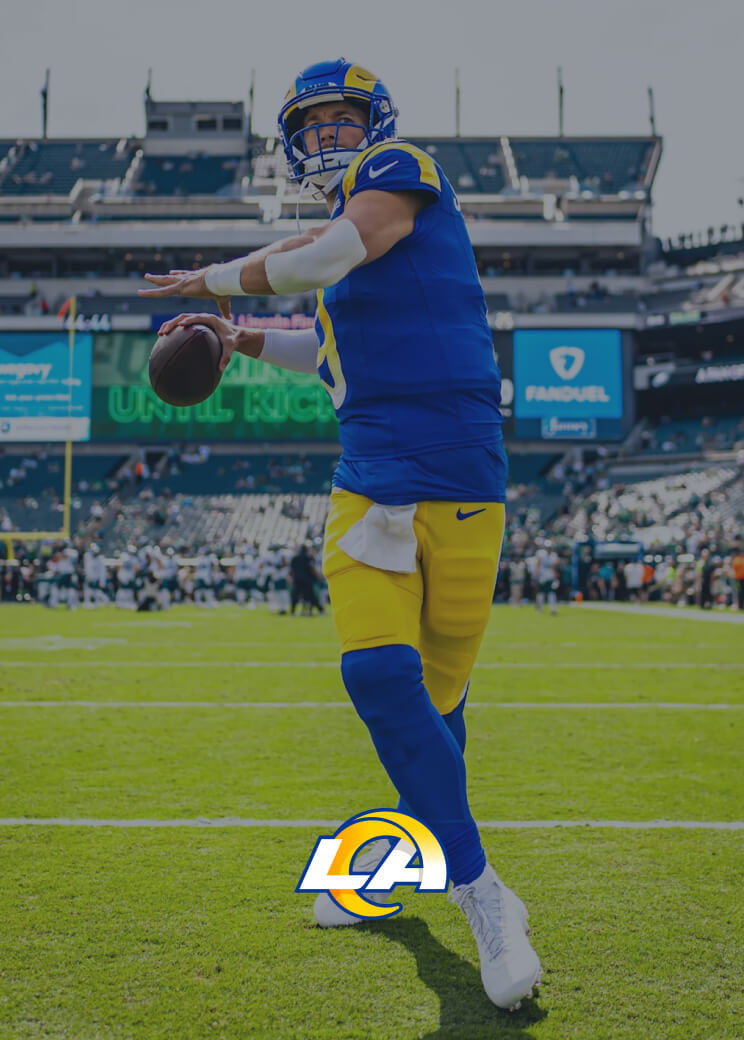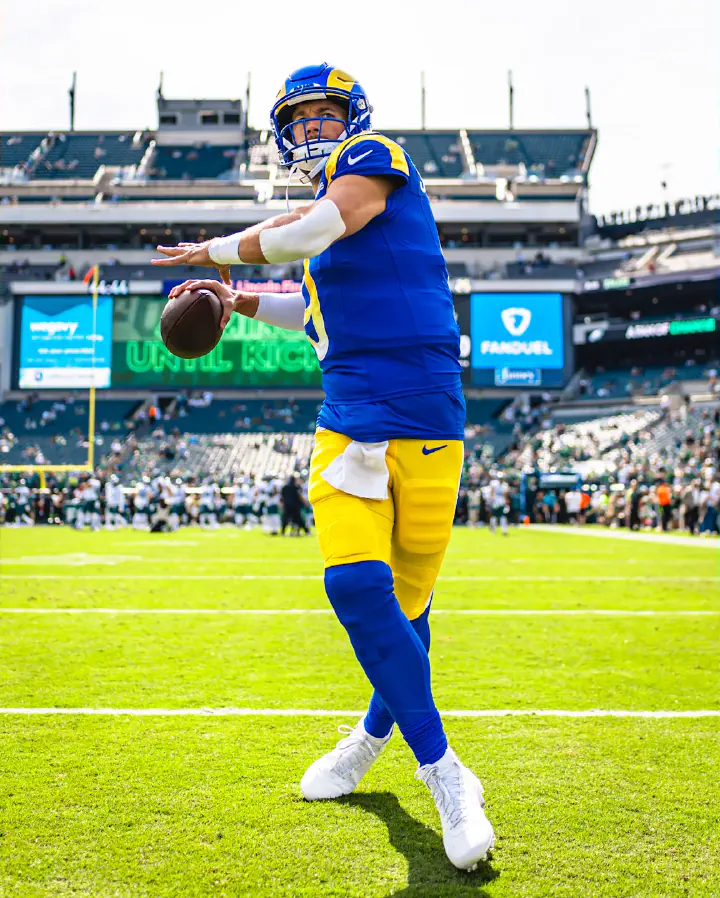What is Multi-Factor Authentication? (MFA)
By Jill Berkowitz
- Published: May 10, 2024
If you’ve ever felt like a password wasn’t enough, then you probably went with Multi-factor Authentication (MFA), which is one of the best ways to keep your accounts secure. This works by asking for a second (or third!) way of verifying the identity of the user.
Two-factor authentication (2FA) is the best-known method. In fact, you’ve probably received a text message with a one-time password (OTP) when you’ve had to log in to an account. It’s a verification step that prevents someone from accessing your account even if they somehow had your password.
MFA is a much more secure form of signing in. It requires the user to prove they are who they say they are which could be done via a code sent to your phone as a text, a verification code from an authenticator app, or something you physically have, like a key.
The more layers of authorization and authentication that are in place, the more secure the user account will be.
What is MFA?
Multi-Factor Authentication is the natural evolution beyond only using a password to access your accounts. It is a term that encompasses two-factor authentication but goes further and can include several additional layers of security when logging in.
This makes it much harder for anyone to “break in,” even if they have access to your password. You must prioritize the security of all of your client data, and the reality is, you should secure your personal accounts, too.
There are many different ways to add security layers, and there are different types of MFA authentication.
Different Types of Multi-Factor Authentication
There are three main categories of MFA authentication methods, and these are:
- Things you know: Think personal information, like the name of your first pet or the street you grew up on. It could also be a pin.
- Things you have: These can be nearly anything, but in most cases, they are a number generator or an app that acts as a security token or your mobile phone.
- Things you are: These can include biometrics such as fingerprints, facial recognition. This can also include your location, meaning where you are logging in from. If you log in regularly from an office computer, logging in from a different city or state might require you to complete an additional verification step.
Why is MFA Security Important?
Multi-Factor Authentication is important because hackers are becoming more adept at cracking passwords, and single-factor authentication is not a feasible option any more. You have a duty to protect the confidential data that you store, and this cannot be done successfully using outdated security methods. There really is no excuse not to be on top of this in the current climate. It is even possible to provide 2FA for shared accounts now.
Businesses and users hold sensitive data on their devices. If the data were to become compromised, it’d be a significant problem. Passwords are either easy to guess or steal, and oftentimes people use the same password for multiple accounts. Anyone who is well-versed in hacking knows that people often reuse passwords, so MFA is an extra layer of security beyond the password.
Security is an obvious benefit. However, there are many others like a business being recognized as reputable because of its digital safety and initiatives. A customer appreciates knowing (and requires) their data and transactions be protected.
Anyone who uses MFA might also be alerted if someone were to (unsuccessfully and repeatedly) attempt to access an account. In this scenario it allows a business or individual to act fast in the case of a cyber threat.
MFA helps safeguard your digital assets.
What is a Shared Account?
A shared account is one that is managed by multiple people. This is a common way of working and is something that is prevalent across a wide variety of industries. Clerk Chat, which is an enterprise SMS solution that provides SMS for small businesses, has developed a secure way of allowing for 2FA to be used across shared accounts.
This means that instead of one person receiving an OTP message with a security code and nobody else being able to access it, it can instead be shared via email, Microsoft Teams or a Slack Channel that is common to the team. This allows the same level of security to be maintained but reduces the friction with users who find the security process overwhelming or difficult.
In this way, Clerk Chat allows users to utilize their SMS marketing platform and all of their SMS integrations without having to compromise security.
Could we embed this YouTube video here?
How Does Multi-Factor Authentication Work?
MFA works by ensuring that there are several points of interaction with the user - it’s multilayered.
Let’s pretend you’re creating an account with a username and a password. When you enable MFA you connect something additional, like a phone number, email address, or authenticator app.
The next time you log in, you’ll enter the username and password as usual, and you’ll then be prompted to provide an additional factor - like a code sent to your phone.
And by the way, if you prefer to keep accounts separate, you could set up a way to receive a text from a different number so that your verification codes don’t get lost amongst your conversations with clients.
You may also be asked to provide something else in addition, like open the YouTube app on your phone or TV. Once you’re verified, you’re given access to your account.
If, during the process, you’re only required to sign in with your username and password and then one more factor, like a code, that’s what’s considered 2FA - two-factor authentication, because you verified two factors - your password and your code.
This approach makes it difficult for someone unauthorized to access an account, platform, or system.
Challenges when Implementing Multi-Factor Authentication
There are usually a number of challenges when implementing MFA for the first time:
User Buy-In: This is one of the largest disconnects that we have found between users and the security of their accounts. Most users expect an easy and smooth experience. No one really wants an extra step or they may not understand why they need to get a text from a non-VoIP phone number for verification at all.
Forgotten Verification Codes: In order to provide the best possible security, verification codes expire after a set amount of time, and some people either write them down incorrectly or aren’t able to receive them in time before they expire.
2FA vs MFA: It can be hard to choose which security option is best for your business and many companies are still unclear on some of the basics, asking questions such as “what is a non VoIP number?”
It’s okay to not feel confident with this information, but it’s not okay to simply ignore it. When introducing additional technologies into your business, ask the questions. Find a company that’s willing to help you better understand. Clerk Chat, for instance, offers demos, onboarding, and support. Additionally the Help Center and YouTube videos offer DIY assistance and tutorials.
What is a Non-VoIP Number?
Although many businesses have moved to VoIP (Voice over Internet Protocol) numbers, there are also many businesses who continue to use non-VoIP numbers, which essentially are numbers that don’t rely on the internet to make calls.
There are two main ways phone calls can be delivered:
- Non-VoIP: Your phone number works through wires.
- VoIP: Your phone number works through the Internet.
If your business has a non-VoIP number and wants to use it for SMS, and potentially for MFA purposes, you may need to switch carriers or providers, in which case you’ll need to know how to port a phone number. If your business runs on VoIP numbers, that’s okay - it can be ported, too.
If your business doesn’t have an established number yet and you’re trying to decide which way is best, especially if you plan to send text messages to customers or receive MFA verification codes via SMS, take a moment to understand 10DLC, which stands for 10-Digit Long Code.
If you decide to go that route, you’ll need to register your brand, which involves providing details about your business and how you’re using the number. You’ll agree to follow carrier guidelines. The Campaign Registry assists with the 10DLC registration process.
Non-VoIP numbers provide a dependable and secure means of delivering authentication messages and alerts in MFA systems, which aligns with regulatory standards.
The Future of Multi-Factor Authentication
Securing your online accounts with MFA is essential. Cyber threats happen and password vulnerabilities exist, yet MFA is an easy defense system for your data.
You have to supply multiple factors to authenticate and verify, which reduces the risk of someone accessing your account that shouldn’t be. Yes, it’s an extra step - something else to do or memorize - but isn’t your account security important to you?
That being said, technology is always changing. Don’t assume that whatever method you’re using is secure enough - be proactive.
Although MFA might be required for compliance, depending on industry standards, it also adds a sense of reliability and trust for yourself, your customers, and your business.
Jill is a former middle school ELA teacher who has discovered a fascination for content in the B2B tech world. When she isn't writing for Clerk Chat or hosting the 160 Characters podcast, she can be found spending quality time with her husband, three children, and their dog. Follow her journey on LinkedIn.
In this article:
Ready to use your business number for text messaging?
Thousands of businesses are already experiencing the power of conversational messaging through SMS. Join us. Free trial and paid tiers available.
Get Started#Subscribe
Get product updates in your inbox
Tutorials, features, and Clerk Chat news delivered straight to you.




